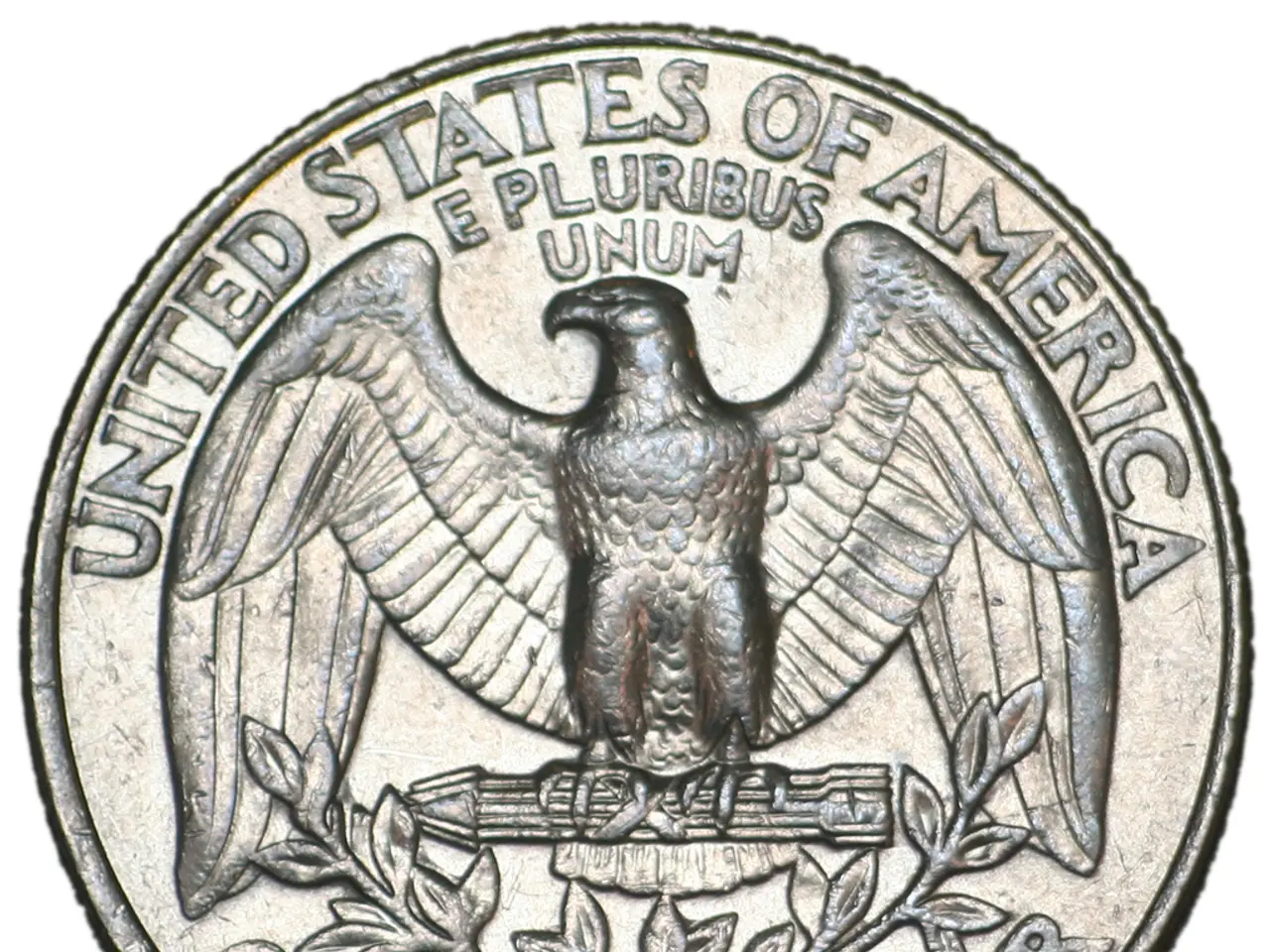Celebrate the Fourth of July With a Bigger Wallet Squeeze - California Style!
Soaring Costs for Fourth of July Barbecues in California: A Comprehensive Overview
Pop those fireworks and dig into your wallets, Californians! It turns out, Independence Day isn't just about freedom - it's also about higher grocery prices.
According to the American Farm Bureau Federation's (AFBF) annual "marketbasket" survey, a California-themed cookout for 10 folks will cost $90.06. Compared to the national average of $70.92 and the Western regional average of $73.50, that's a hefty premium!
The survey, which collects data from across the country, including volunteer shoppers from various states and Puerto Rico, gives us a snapshot of food costs. The national average cost per person for a cookout now amounts to $7.09, making this the second most expensive Independence Day cookout since the survey started in 2013.
In California, you'll pay a pretty penny more for cookout staples. Two pounds of ground beef costs $14.33 - that's a dollar more than the national average. Chicken breasts will set you back $12.48 for two pounds ($4.69 more than what you'd shell out nationally), while three pounds of pork chops will cost $19.30 compared to $14.13 elsewhere.
Even simple items like hamburger buns (at $3.42 per package) and cheese ($3.87 per pound) are pricier in California. And don't forget about fresh strawberries ($6.14 for two pints versus $4.69 nationally) and homemade potato salad ($4.92 compared to $3.54 elsewhere).
Sweet treats like ice cream, cookies, and lemonade also don't come cheap in the Golden State.
California: A Land of ICE and Higher Grocery Prices
As alarm bells echo across California's agricultural centers, immigrant workers are abuzz with tales of federal immigration authorities visiting farm fields and packinghouses, from the Central Coast to the San Joaquin Valley. This uncertainty pushes food costs even higher.
"Inflation and lower availability of some food items continue to keep prices stubbornly high for America's families," asserts Samantha Ayoub, an associate economist at the AFBF.
So, what's behind these higher costs? Several factors are at play:
- Tariffs on Mexico and Canada, key suppliers of fresh produce, have increased import costs, which many retailers pass on to consumers. In March 2025, a 25% tariff was imposed on most goods from Canada and Mexico.
- The ongoing business uncertainties stemming from various trade deals.
- Lower availability of cattle and recovering chicken populations, caused by various factors such as disease outbreaks, which push prices higher.
- Increased immigration raids across California causing widespread fear among agricultural workers, potentially disrupting farm operations and food production.
As business disruptions loom, some farms, hotels, and restaurants are putting pressure on the administration to exempt their industries from immigration raids. Disrupted operations can negatively impact food supply, spike grocery prices, and potentially threaten California's status as the nation's agricultural leader.
It's not a picnic for farmers, either
Higher grocery costs might not be great for consumers, but it doesn't benefit farmers much either. With farmers pocketing only about 15% of each food retail dollar, they face rising expenses for labor, transportation, and taxes.
The Bottom Line
The AFBF's survey points to persistently high grocery costs across the US, but California's already pricey grocery landscape likely means Fourth of July cookouts there are even costlier than the national or regional averages mentioned by the survey.
- In California, the cost of a Fourth of July cookout for ten people is $90.06, significantly more than the national average of $70.92 and the Western regional average of $73.50.
- The American Farm Bureau Federation's survey reveals that even simple items like hamburger buns, cheese, and fresh strawberries are pricier in California.
- The ongoing immigration raids in California are causing widespread fear among agricultural workers, potentially disrupting farm operations and food production, contributing to higher grocery prices.
- Farmers in California are facing rising expenses for labor, transportation, and taxes, pocketing only about 15% of each food retail dollar.
- The persistently high grocery costs in California, as indicated by the AFBF's survey, likely make Fourth of July cookouts there even costlier than the national or regional averages mentioned by the survey.






